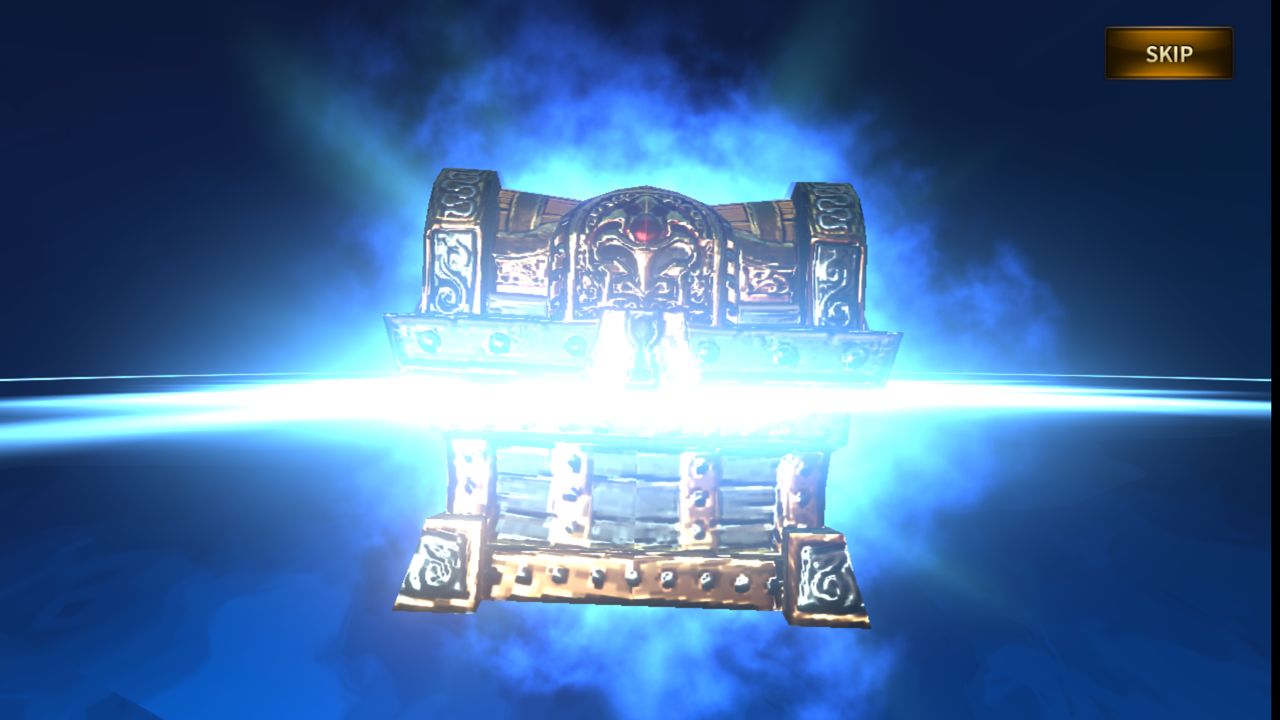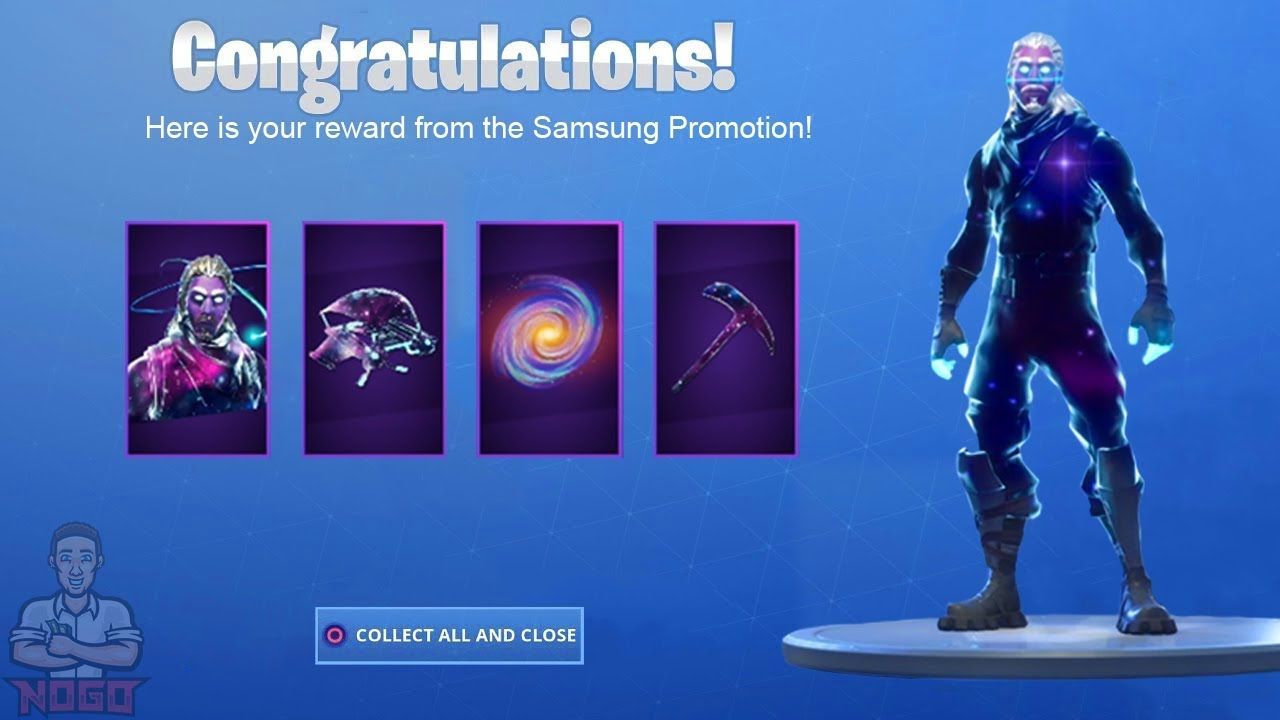Advertisers aren’t oblivious to the rising importance of gaming. They’re aware that player numbers are growing (currently estimated at 2.2 billion), as is the global market, with overall value set to hit $300 billion by 2025.
But this powerful blend of reach and revenue isn’t attracting a reciprocal, vast in-game spend. Last year, worldwide ad investment in video games totalled $4 billion; and while this might sound high, it pales in comparison to the $30 billion absorbed by digital video.
With gaming fast gaining recognition as a vital marketing channel, advertisers can’t afford to remain hesitant.
This disconnect does have a logical root cause. Despite appreciating the possibilities of the gaming market, advertisers are less clear about how they can be harnessed effectively, and are reluctant to gamble with their budgets.
With gaming fast gaining recognition as a vital marketing channel, advertisers can’t afford to remain hesitant. If they want to maintain their competitive edge and maximise campaign impact, they must level up their in-game knowledge and activity.

Above: Loot boxes have come under increased scrutiny within online games.
Gaming makes its own ad rules
One of the greatest challenges with in-game ads is that standard formats don’t pass muster. And there is one key reason why: although classed as a sub-section of digital advertising, gaming is a very different medium. Gamers want to immerse themselves in a virtual world and anything that interrupts play — including the banner ads and pop-ups used across the wider web — is likely to cause frustration and negative brand association. Even gaming-specific engagement tools, such as sponsored loot boxes, have come under scrutiny for their potential to diminish user experience.
To make meaningful connections, advertisers must engage gamers on their level.
In-game success therefore depends on ensuring interactions are impactful enough to capture audience attention, but never invasive. And as precarious as this balance might seem, it is possible to achieve if advertisers take the right creative approach.

Above: The Samsung Galaxy skin from Fortnite.
Campaigns for the players
To make meaningful connections, advertisers must engage gamers on their level. In practical terms, this means not only avoiding obtrusive ad types, but also producing creative that works harmoniously with the virtual environment and shows genuine understanding of what gamers do, and don't want. And the good news is that there are different options to choose from to deliver truly game-friendly experiences.
1. The native route
Designed to seamlessly blend in with their surroundings, native ads allow brands to reach immersed audiences without disrupting games. We call this ‘within-game advertising’ because creative content appears in spaces where players would expect to see ads in the real world — such as trackside flags in racing games — there is no obvious division between ads and the game, and a higher chance that content will drive positive awareness.
It’s worth noting that natural positioning can both improve game realism and offer other benefits to players.
In fact, a joint eye-tracking study by Bidstack and Lumen Research shows native in-game ads drive greater recall and interaction than traditional online ads. That’s not to mention the absence of other common digital advertising issues: full control over placement and direct in-game serving eradicates ad blocking, and maximises brand safety.
It’s also worth noting that natural positioning can both improve game realism and offer other benefits to players such as Football Manager's partnership with Subway, which prevented hunger stopping play by delivering geo-targeted ads to in-game stadium screens, highlighting which local Subways offered online ordering.
Above: DHL gets some love at the Dota 2 Championship.
2. Joining game action
In a more off-the-wall approach, brands can win player admiration by proving their passion for games. The most obvious example is DHL as a backer of the International Dota 2 Championship. DHL made itself part of the major esports tournament by going beyond basic sponsorship and creating content that speaks to fans; including videos featuring in-game courier cameos and well-known casters. And the results speak for themselves; this year’s event saw 10,000 fans united in chants of ‘DHL! DHL! DHL!’.But there is room to take participation even further by playing alongside audiences.
It’s essential to understand that leveraging gaming isn’t about seizing mass attention.
Wendy’s was given a Cannes Lions Social & Influencer Grand Prix award for its demonstration in developing fan camaraderie with Keeping Fortnite Fresh. Using an avatar resembling Wendy, the brand co-opted Fortnite’s ‘food fight’ and began destroying in-game freezers to symbolise its stance against frozen beef — streaming its activity on Twitch and encouraging other players to do the same.
A 119% increase in social media mentions and many obliterated freezers later, Fortnite replaced burger joint freezers with fresh facilities.
Above: Wendy's successful incursion into Fortnite.
Above all, it’s essential to understand that leveraging gaming isn’t about seizing mass attention: players are especially sensitive to any efforts that cross the line into overt promotion, particularly when it comes to one-off generic campaigns. Truly realising the gaming opportunity means retaining a strong focus on long-term engagement. By consistently providing respectful, tailored and unobtrusive creative, advertisers will enjoy a higher level of campaign rewards and results, as well as lasting audience loyalty.
)




 + membership
+ membership








